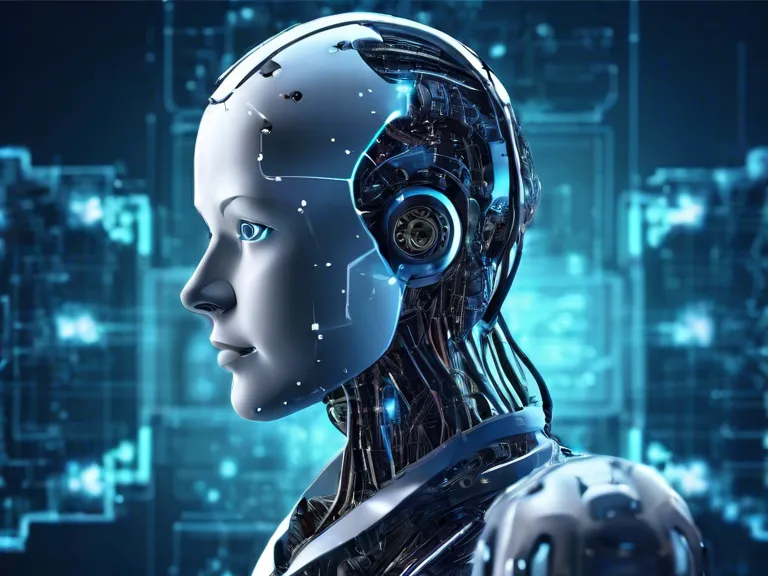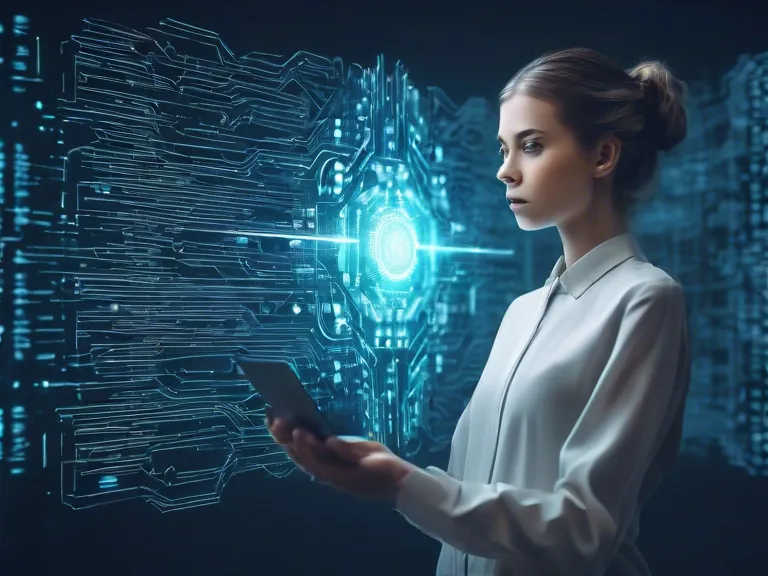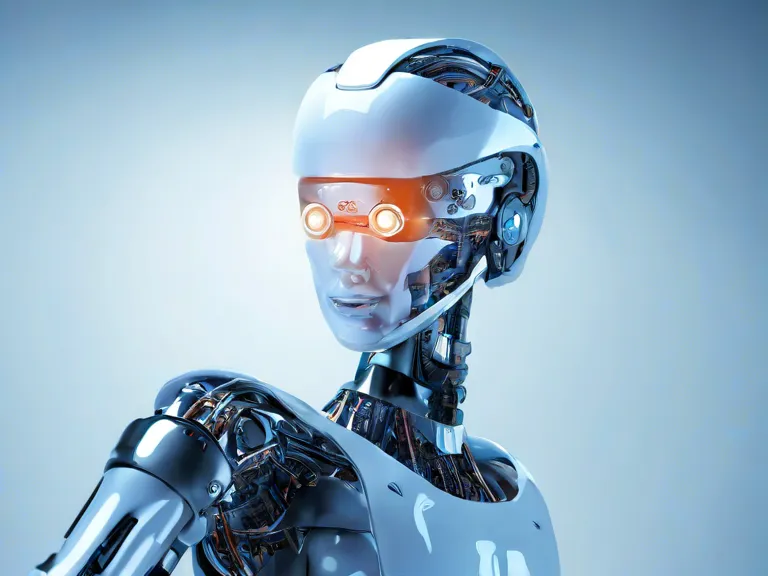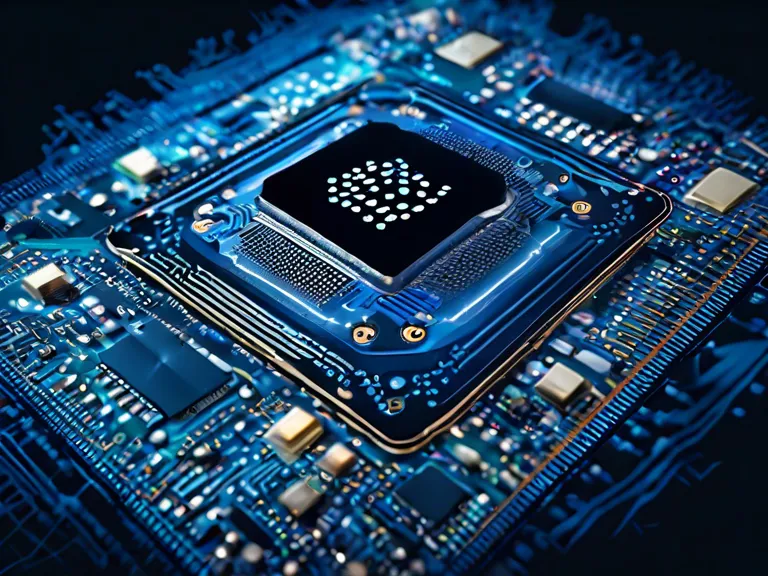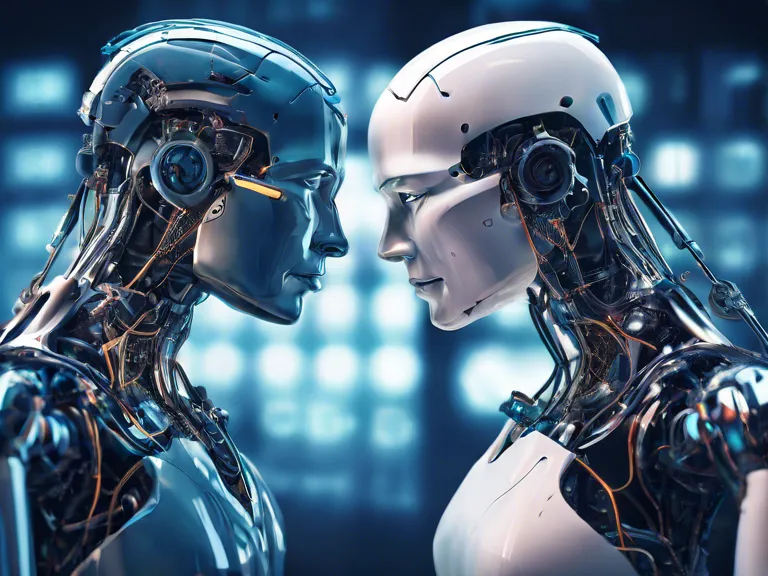
From factories to offices, AI technology is becoming a crucial part of our daily lives. But how does this impact the way humans and machines work together? This article explores the evolving landscape of human-machine collaboration and how AI is redefining the way we compete with machines.
In the past, machines were seen as tools that humans could control and operate. However, with advancements in AI technology, machines are now able to learn, adapt, and even make decisions on their own. This shift has led to a new era of collaboration between humans and machines, where each party brings unique strengths to the table.
One of the key ways AI is redefining human-machine collaboration is through its ability to process vast amounts of data at speeds that far exceed human capabilities. This has enabled machines to help humans make more informed decisions, whether it's in healthcare, finance, or logistics.
Additionally, AI has the potential to automate routine tasks, freeing up human workers to focus on more complex and creative aspects of their jobs. This can lead to increased productivity and job satisfaction, as employees are able to work on tasks that require critical thinking and problem-solving skills.
However, the rise of AI also poses challenges for human workers. As machines become more autonomous and capable of performing a wider range of tasks, there is a growing concern about the impact on jobs. Some fear that AI will replace human workers altogether, leading to widespread unemployment.
To address these concerns, companies and policymakers must focus on upskilling and reskilling the workforce to adapt to the changing nature of work. By fostering a culture of continuous learning and innovation, humans can remain competitive with machines and harness the power of AI to enhance their own capabilities.
In conclusion, the rise of AI is reshaping the way humans and machines collaborate in the workplace. While there are challenges to navigate, the key lies in leveraging the unique strengths of both humans and machines to create a symbiotic relationship that drives innovation and productivity.
